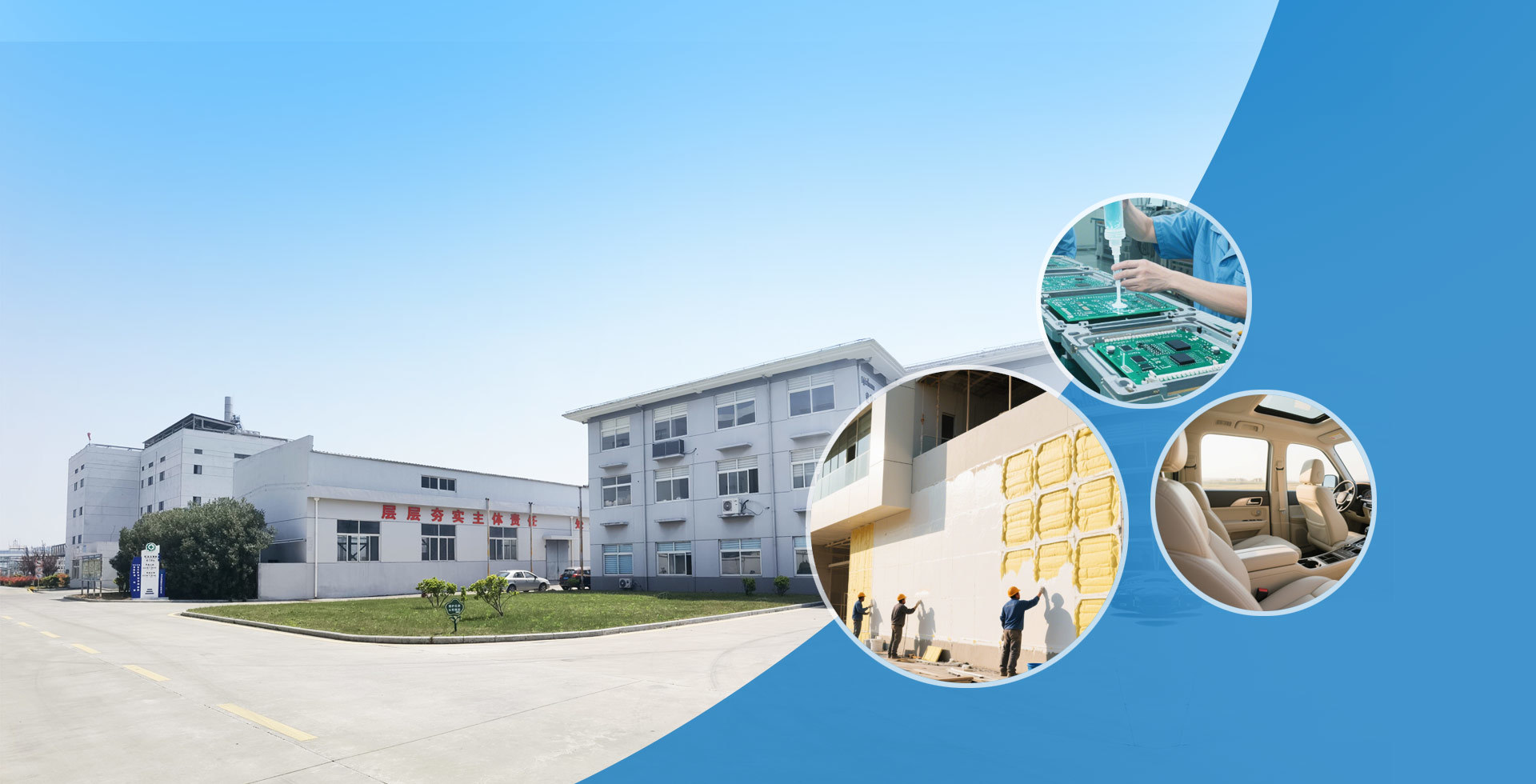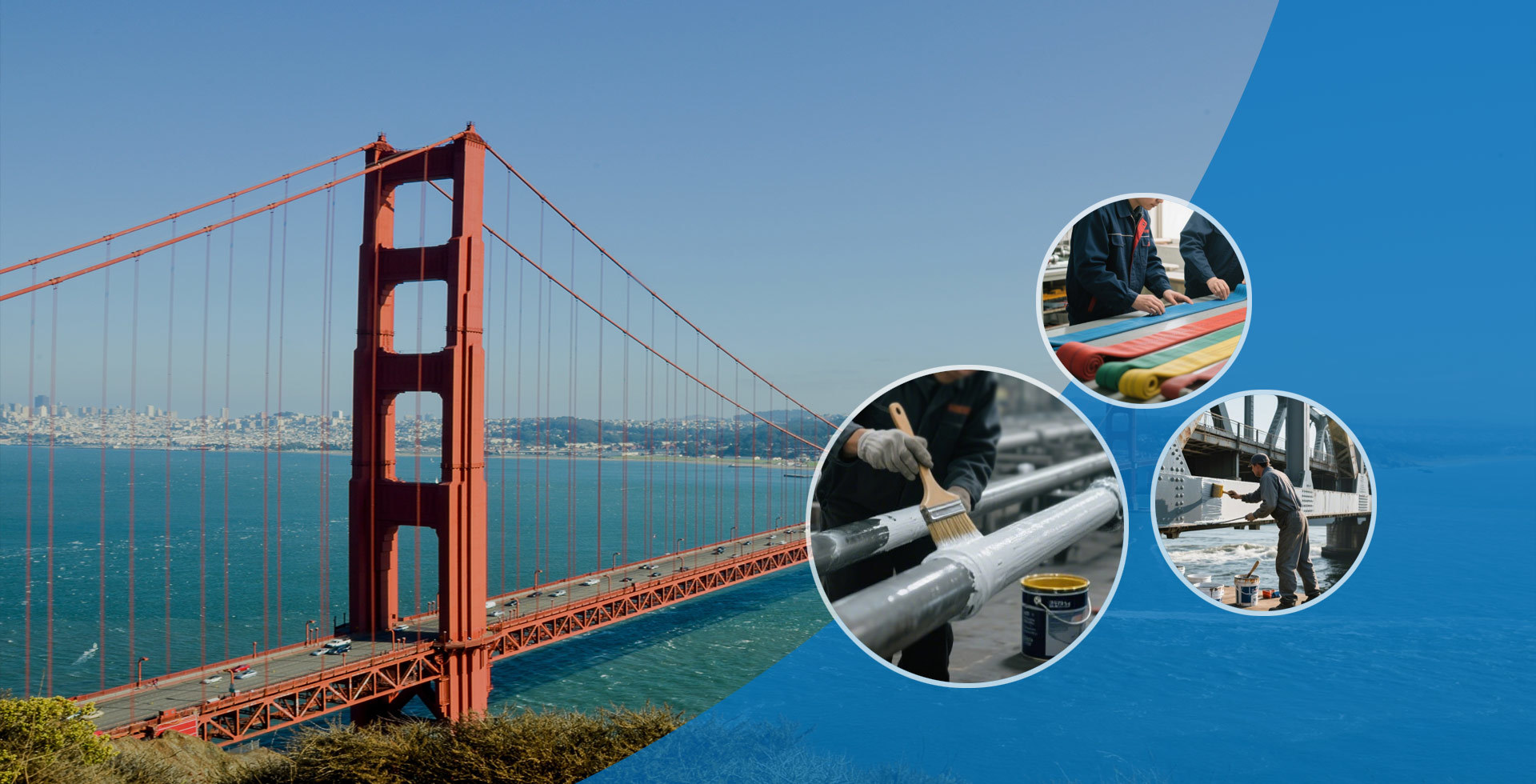Carefully crafted water-based ecological resin for you!
Integrity · Responsibility · Innovation
Taixing Zhongfang Xingtai New Materials Co., Ltd.
Taixing Zhongfang Xingtai New Materials Co., Ltd. is a professional manufacturer specializing in the research, development, production, and sales of water-based adhesive new materials. The company's original production site could not meet the requirements of national laws, regulations, and local safety and environmental protection regulations. In May 2017, it formed a glue industry alliance with Jiangsu Heisonglin and Jingjiang Gelin, and established Taixing Jinyuan Fine Chemical Co., Ltd. in China Fine Chemical (Taixing) Development Zone, specializing in the production of environmentally friendly adhesives. Taixing Zhongfang Xingtai New Materials Co., Ltd. has independent intellectual property rights and relies on the technical strength of domestic universities. It is a water-based adhesive new material enterprise with water-based polyurethane, water-based acrylic emulsion, water-based epoxy resin, and water-based functional polymers as its research and development orientation. Its application fields cover electronics and electrical appliances, textiles, leather, fiberglass, coatings, inks, fire prevention and flame retardancy, etc.
View more +Product advantages
We are committed to providing you with high-quality products, excellent service, and reasonable prices.
Real-time information
Here, you can keep abreast of the company's news and industry information.






